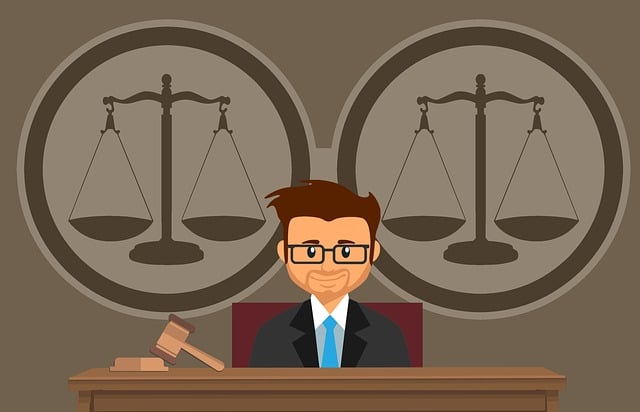A bankruptcy entry on your credit report can feel like an insurmountable obstacle, but the journey to improving your credit score and financial standing is possible. The process might require effort and persistence, but with the right approach, you can work towards removing bankruptcy from your credit report. In this blog, we’ll provide you with a step-by-step guide on how to navigate this process.
Step 1: Obtain Your Credit Reports
Before embarking on the journey to remove a bankruptcy, you need to understand what’s on your credit reports. Request free copies of your credit reports from the three major credit bureaus – Equifax, Experian, and TransUnion – at AnnualCreditReport.com. Review each report thoroughly to identify any inaccuracies or discrepancies related to the bankruptcy entry.
Step 2: Verify Accuracy
Check the bankruptcy entry for any errors or inconsistencies. Ensure that the dates, account information, and other details match the actual bankruptcy filing. If you notice any discrepancies, gather supporting documentation such as bankruptcy discharge papers and court documents to validate your claims.
Step 3: Dispute Inaccuracies
Under the Fair Credit Reporting Act (FCRA), you have the right to dispute any inaccurate information on your credit report. Initiate a dispute with each credit bureau that is reporting the bankruptcy. This can typically be done online through their respective websites or via mail.
In your dispute letter, clearly explain the inaccuracies you’ve identified in the bankruptcy entry. Attach copies of supporting documentation that corroborate your claims. Request a thorough investigation and the removal of the inaccurate information if it cannot be verified.
Step 4: Monitor the Investigation
The credit bureaus are required to investigate your dispute within 30 days of receiving it. During this period, they will contact the entity that provided the bankruptcy information to verify its accuracy. You can usually track the progress of your dispute through the credit bureau’s online portal.
Step 5: Review the Results
After completing the investigation, the credit bureau will provide you with the results. If they determine that the bankruptcy entry is inaccurate or unverifiable, they must remove it from your credit report. If the information is verified as accurate, you may need to explore other options.
Step 6: Seek Legal Assistance (If Necessary)
If your dispute is unsuccessful, or if you encounter difficulties in the process, you might consider consulting a consumer protection attorney with expertise in credit reporting issues. They can help you understand your rights and guide you through more advanced steps, including potential legal action.
Step 7: Focus on Rebuilding Your Credit
Even if you successfully remove a bankruptcy from your credit report, the journey doesn’t end there. Focus on rebuilding your credit by making timely payments, managing your existing credit responsibly, and establishing positive financial habits. Over time, your credit score will improve, and the impact of the bankruptcy will diminish.
Final Thoughts
Removing a bankruptcy from your credit report is a challenging process that requires diligence, organization, and patience. While there’s no guarantee of success, the FCRA empowers you to challenge inaccuracies and work towards a better credit future. Remember that improving your credit score takes time, but every step you take toward financial responsibility contributes to your overall progress.


